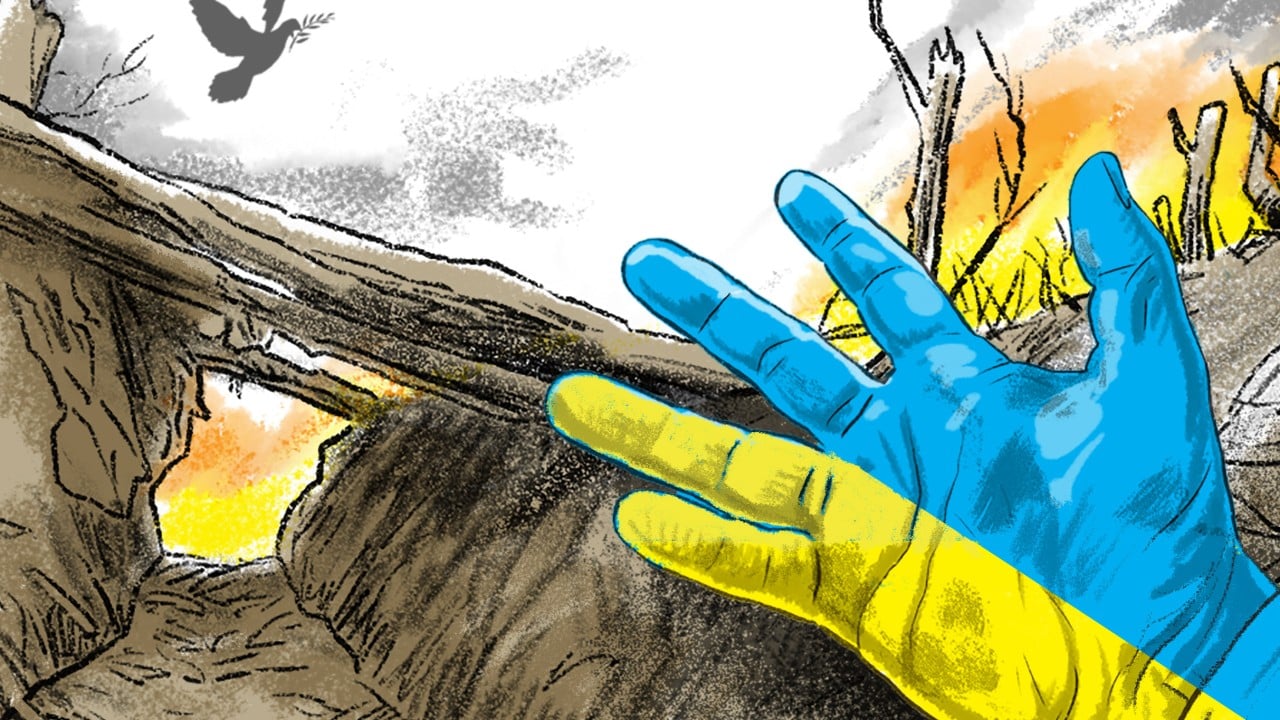Donald Trump’s victory in the US presidential election has introduced significant uncertainty for Ukraine. The president-elect’s assertion that he can end the war within 24 hours – a claim perceived by many as a potential withdrawal of American support for Ukraine – has raised concerns about a push for negotiations that might favour Russian interests.
Advertisement
Ukraine, whose resilience has been bolstered by the solidarity of the democratic world, now faces the ominous possibility of abandonment by its biggest supporter.
In response to Russia’s invasion, two primary conflict resolution approaches have emerged. One is peace through strength, supported by Ukrainian President Volodymyr Zelensky’s peace plan and backed by the West, which sustains Ukraine’s resistance and offers hope of reclaiming all lost territories.
The other is peace through negotiation, such as the China-Brazil proposal. This approach promises a ceasefire but risks subjecting Ukraine to another phase of Russian domination and the temporary or long-term loss of roughly 20 per cent of its territory.
Ukraine’s current defence-focused strategy, which emphasises peace through strength, presents significant challenges. The reliance on limited and delayed military supplies from its allies has led to prolonged confrontations, causing significant personnel losses with substantial economic and ecological damage and no clear end to the war in sight.
Advertisement
To sustain the status quo, Ukraine faces the daunting task of mobilising up to 30,000 recruits every month to maintain military effectiveness. The demographic trajectory of Ukraine also paints a grim picture. From a population of 42 million in January 2022 to 31.1 million in July this year (in government-controlled areas), the nation faces existential risks. Forecasts from the Institute of Demography at the National Academy of Sciences of Ukraine predict a further decline, to 25.2 million by 2051, driven by war, migration and reduced fertility rates.

